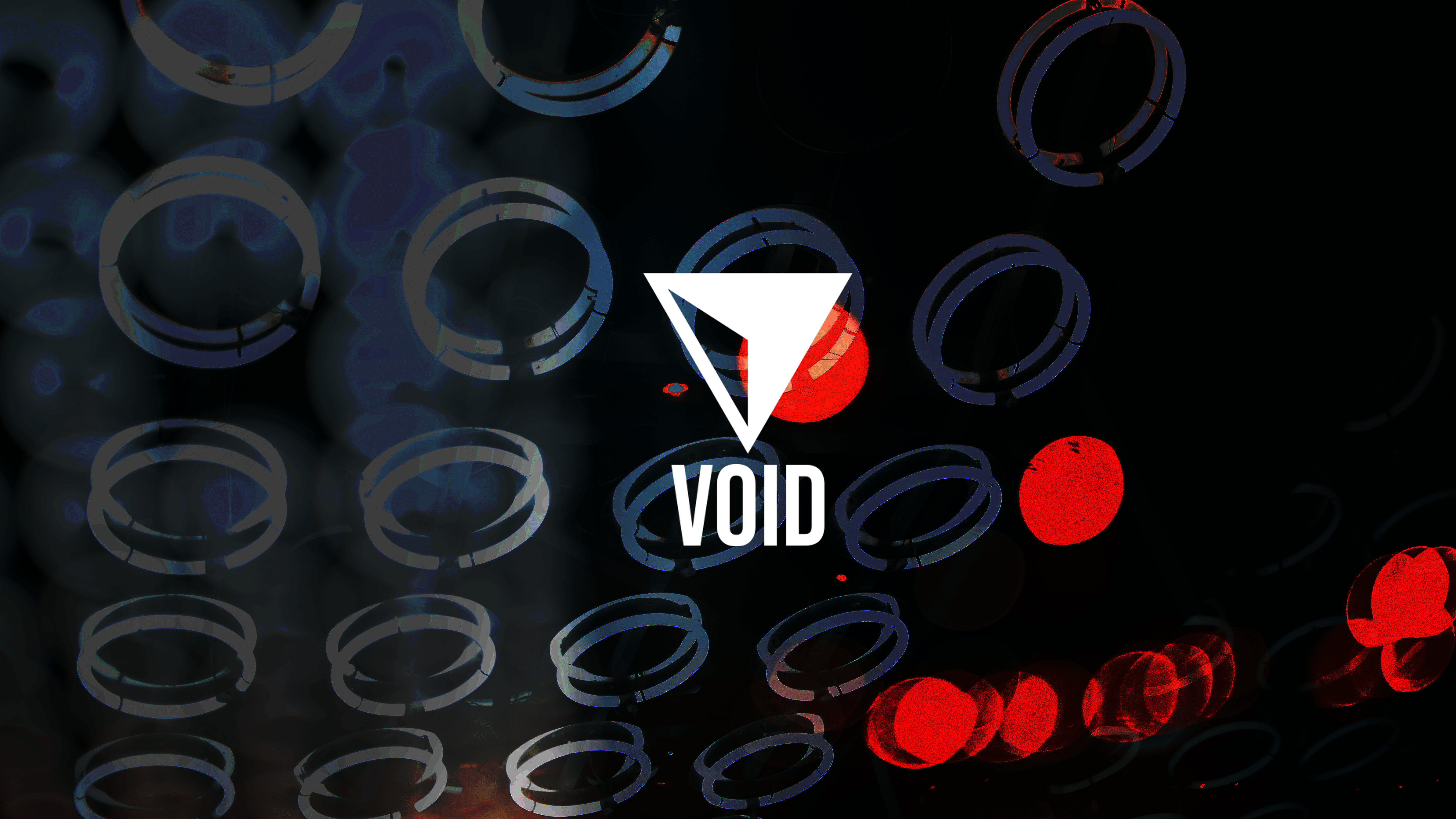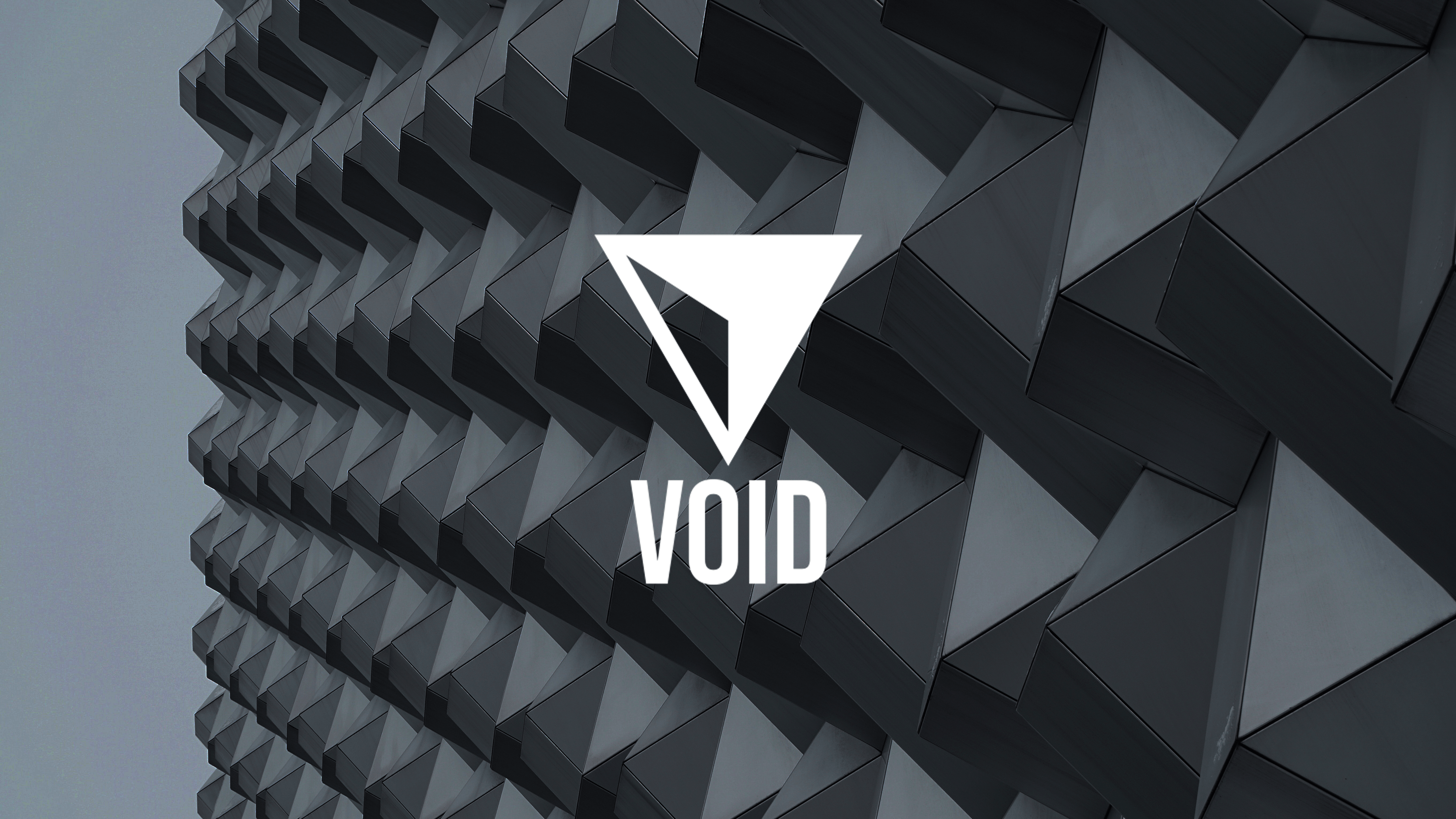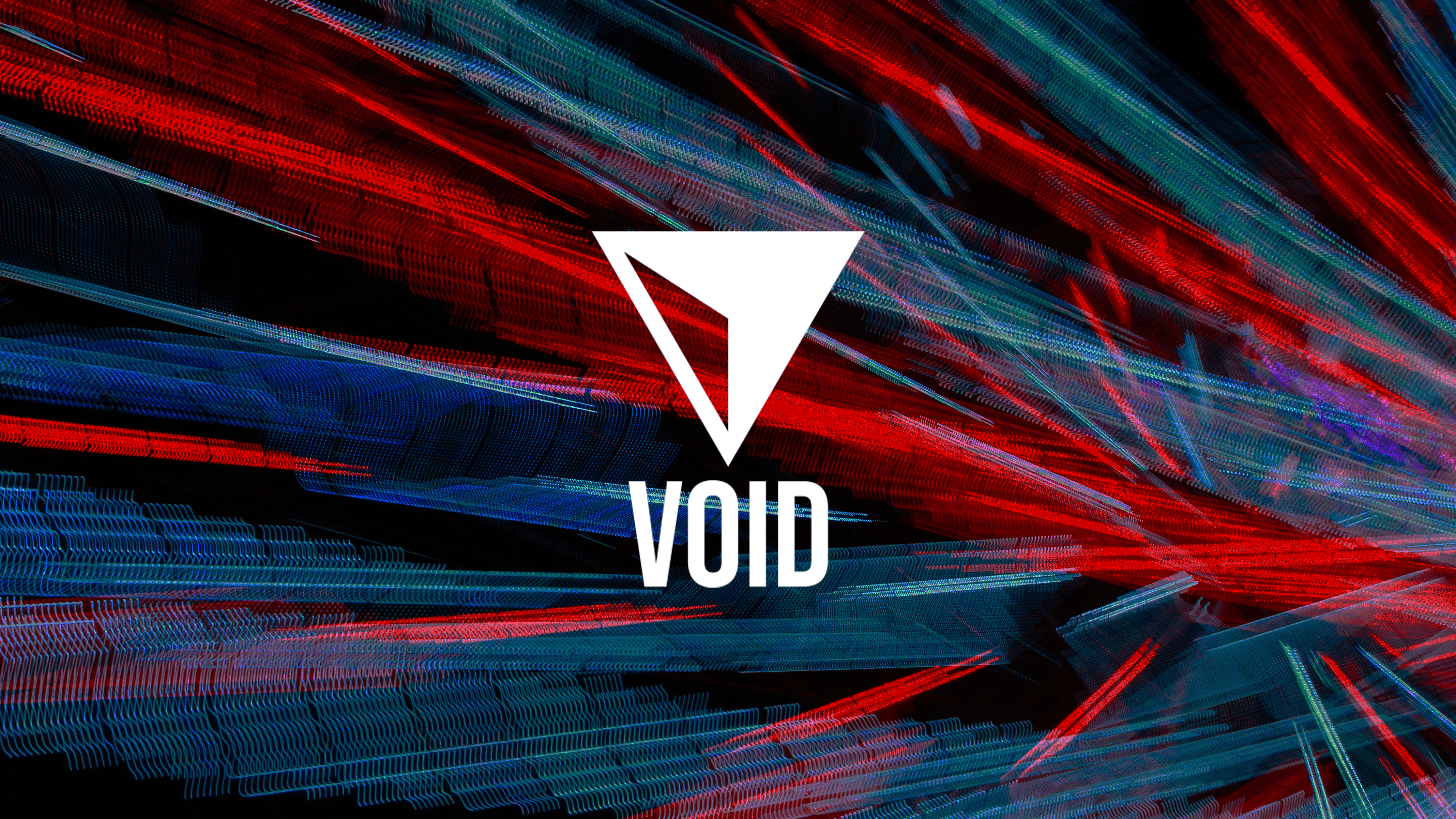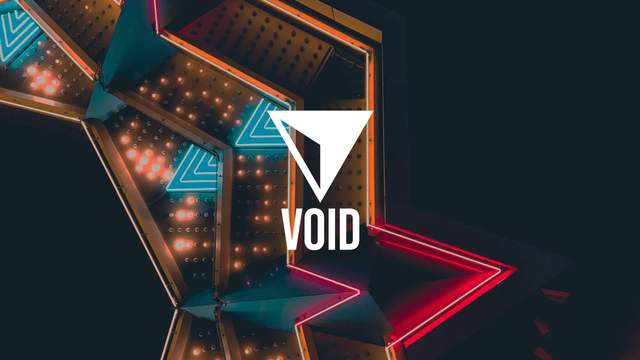Solving the Problem of Mass Integration: Using Proof of Purchase to Reward Buyers and Sellers on Every Transaction
There’s a problem with cryptocurrency…
The average person does not use it.
In fact, only 5% of Americans own Bitcoin.
And of those, 63% of those “see it as a growth investment” while 28% “see it as a store of value.”
In other words, cryptocurrency isn’t being used as a currency; rather, it’s being held as an asset.
Currency vs. Asset
Currency: An “accepted form of money, including coins and paper notes, which is issued by a government and circulated within an economy” (Investopedia).
Bitcoin aimed to change this definition. With its unique blockchain, it created a distributed peer-to-peer network in which buyers and sellers could meet anonymously, privately, and securely without centralized financial institutions.
Governments were meant to be removed from the process of minting currency, which was to left to individual “miners” within the Bitcoin network.
The blockchain has since evolved and found many other applications, but it has become an “accepted form of money.” Instead, it has become just another asset.
Asset: “A resource with economic value that an individual, corporation, or country owns, or controls with the expectation that it will provide future benefit” (Investopedia).
Nearly two-thirds of Bitcoin owners use it as a “growth investment.” They own it expecting that their investment in fiat currency will increase. When someone invests in Bitcoin, they are investing into an asset.
Over a quarter use it as a “store of value.” The value of the currency in fiat is meant to be stored for a future benefit. Similar to a growth investment, the value of the cryptocurrency is based in a fiat currency like the dollar or euro. Cryptocurrencies thus, become cryptoassets meant to store fiat value.
Bitcoin: Cryptocurrency or a Cryptoasset?
Bitcoin has proven itself a good growth investment and store of value. Around this time in 2011, Bitcoin reached parity with the U.S. Dollar. In the last seven years, it has risen from $1 to over $8,500 at the time of this writing.
.jpg)
Figure 1: Bitcoin's Price, Market Cap, Volume(24h), Circulating Supply, and Max Supply on March 25. 2018 at around 1:30 P.M. (Credit: Coinmarketcap.com)
Even with the current corrections (not crashes), Bitcoin retains its fiat value. But, in doing so, it becomes more of a cryptoasset than a cryptocurrency. And as long as its investment potential continues to increase, its status as a cryptoasset is likely to solidify further.
We can say the same for most other “cryptocurrencies” including first generation coins like Litecoin or Ripple and second-generation coins like Ethereum or NEO. Third-generation “cryptocurrencies," in fact, are considered asset tokens developed for distributed/decentralized applications (dApps). In short, within three generations, cryptocurrency has stopped trying to be currency at all and recognized its limitations as an asset.
Moving forward, we can continue developing blockchain-based assets or develop a fourth generation of cryptocurrency designed for mass integration as currency.
But, first, we must look more deeply at:
The Problem of Mass Integration
Only a small minority use cryptocurrency, and they’re using it as an asset rather than a currency. Until there is a sufficient population to integrate currency into their daily affairs, Bitcoin and alts will continue evolving as assets, things traded in niche communities rather than used in the open marketplace as a real currency.
The problem of mass integration has two overlapping and intersecting parts:
First, mass integration is impossible without a massive number of people willing to integrate it into their daily lives.
Second, Currency can only be exchanged when there are enough people both using and accepting it within the marketplace.
In short, there must be a much larger number of people using cryptocurrency before it can become anything more than an asset. 5% of the population is simply not enough.
But how do we get more people to begin using cryptocurrency? And how will we ever get them to integrate it into their daily lives?
Answering these questions might mean solving the problem of mass integration all together.
After all, people have to have a reason to begin using cryptocurrency. If they see no reason to use it, they will use what they have always known. Even if they remain indentured to banks, at least they receive frequent flyer miles and 2% back at participating gas stations and grocery stores.
In other words, their participation in the current monetary system yields benefits. By using the banks, they receive perks, offers, gifts, and even cashback. There is no cryptocurrency which is yet able to adequately compete.
Until now…
From Proof of Work to Proof of Payment
Proof of Work and Centralization
To verify and authenticate transactions on the blockchain, an algorithm consensus must be employed. The purpose of an algorithm consensus is to enable peer-to-peer transactions without the need for a centralized third party.
Unfortunately, rather than decentralizing economic activity, it has created a new form of centralization. Currently, 1,000 “whales” own 40% of the Bitcoin market.
Centralization refers to the concentration of control, power, or influence by a single entity or group of group of entities. When a minority of people owns enough of an asset to control its price and trading potential, we see centralization taking place. And this is exactly what has happened with Bitcoin.
As Olga Kharif writes:
Whales are “becoming a worry for investors. They can send prices plummeting by selling even a portion of their holdings…coordinate their moves or preview them to a select few. Many of the large owners have known one another for years and stuck by bitcoin [sic] through the early days when it was derided, and they can potentially band together to tank or prop up the market.”
Are There Alternatives?
Other algorithm consensuses have emerged to replace PoW. Five are listed in the table below along with the first cyrptocurrency to implement them and the date of implementation:
| ALGORITHM CONSENSUS | FIRST CRYPTOCURRENCY TO IMPLEMENT | DATE OF FIRST IMPLEMENTATION |
|---|---|---|
| Proof of Stake (PoS) | Peercoin (hybridized with PoW); Nxt (first pure PoS coin) | Peercoin launched 12 August 2012; Nxt launched 24 November 2013 |
| Proof of Burn (PoB) | Slimcoin (hybridized with PoW and PoS); | 2014 |
| Proof of Activity (PoA) | Decred | February 2016 |
| Proof of Capacity (PoC) | Burstcoin | 10 August 2014 |
| Proof of Importance (PoI) | NEM | Alpha version released 25 June 2014; stable version released 31 March 2015; “Catapult” to be released in 2018 |
Like PoW, each of these consensus algorithms face problems that prevent mass integration. A fuller discussion of these consensus algorithms and their problems, however, is beyond the scope of this article. We will discuss them in more detail in future articles as well in the VOID whitepaper (currently under development). Until then, more information about consensus algorithms can be found here while a good resource about NEM’s Proof of Importance (PoI) can be found here.
What is the Solution to the Problem of Mass Integration?
So far, we have not found a solution to the problem of mass integration. The algorithm consensuses listed above are only a portion of all those that have been implemented to solve this problem. But for all the whitepapers, technical analysis, market differentiation, and branding, cryptocurrencies like Peercoin, Nxt, Decred, Burst coin, and NEM still act like assets. There is no cryptocurrency market as of yet; there is, rather, a cryptoasset market.
No matter how controversial these claims may be, it is difficult to prove this position wrong. Coins and tokens theorized as cryptocurrency do not act like currency. They act like assets. This is because their activity is predicated upon the actions of those who use them, not on the technical or ideological principles articulated by their creators, users, supporters, or “experts.”
As long as so-called “cryptocurrencies” act as assets, we must treat them as such. This is the first step toward solving the problem. Once we accept the predicament in which we find ourselves fully, we can move forward to the second step: facing the problem head on. We cannot avoid hard facts, objectively verifiable observations, or the actual activity that defines the usage of cryptoassets. Doing so shall only exasperate the problem and leave us without the ability to solve it.
Now that we have taken the accepted the problem as it is and faced it head on, we can begin articulating new solutions. This is the third step toward solving the problem of mass integration. While our eyes observe the reality in which we find ourselves, our minds can begin solving the problems the eyes discover.
To this end, VOID implements a new consensus algorithm that mints tokens as part of a cashback-reward system. It is called Proof of Purchase (PoP).
If Proof of Purchase the Answer?
The Proof of Purchase (PoP) process is simple. Using a wallet app or cryptocard (e.g. debit card using cryptocurrency), a buyer purchases something from a seller. The seller could be a business, a non-profit organization, a charity, a government, or another person. What is purchased could be groceries, a yearly membership, a donation, taxes, or anything else.
Once the transaction takes place, the proof of purchase minting process begins. A portion of the total purchase amount generates the production of a certain number of tokens. These tokens are then distributed to both the buyer and seller based on pre-determined ratios.
In this way, every transaction creates new tokens to be spent in the economy, which are immediately allocated to those responsible for their creation: the buyers and sellers.
PoP as a Solution to Problem of Mass Integration
The value of a VOID token is derived from the cashback-reward system. Through this system, both buyers and sellers of all varieties are encouraged to use the token in place of fiat currency.
This system is linked directly to the active exchange of VOID tokens between buyers and sellers. Through PoP, every transaction mints the tokens distributed through the cashback-reward system. Thus, in order to receive value from VOID, transactions must take place. In other words, VOID tokens are only valuable insofar that they are used as cryptocurrency and not held as cryptoassets.
Using PoP, VOID tokens will solve the problem of mass integration by:
- Guaranteeing rewards to sellers for accepting VOID and cashback to buyers for every purchase made with VOID, and
- Deriving its value from its active exchange as cryptocurrency.
Conclusion
VOID is a cryptocurrency designed to be cyrptocurrency. It purposefully prevents its reclassification as a cryptoasset by deriving its value only through its exchange. It offers a pragmatic alternative to fiat credit and debit cards. It includes a cashback-reward system as part of its consensus algorithm. It is simple and easily integratable into our daily lives.
In short, VOID is the cryptocurrency of the future. It has the potential to do everything that Bitcoin and the alts have so far failed to do. Through its active usage, it has the power to truly decentralize power in the marketplace among its users rather than centralizing power around an elitist minority.
VOID does what no other cryptocurrency has been able to do. It is the future of cyrptocurrency.
If you liked this article, be sure to upvote and like our page here on Steemit. And remember to follow us on Twitter.



